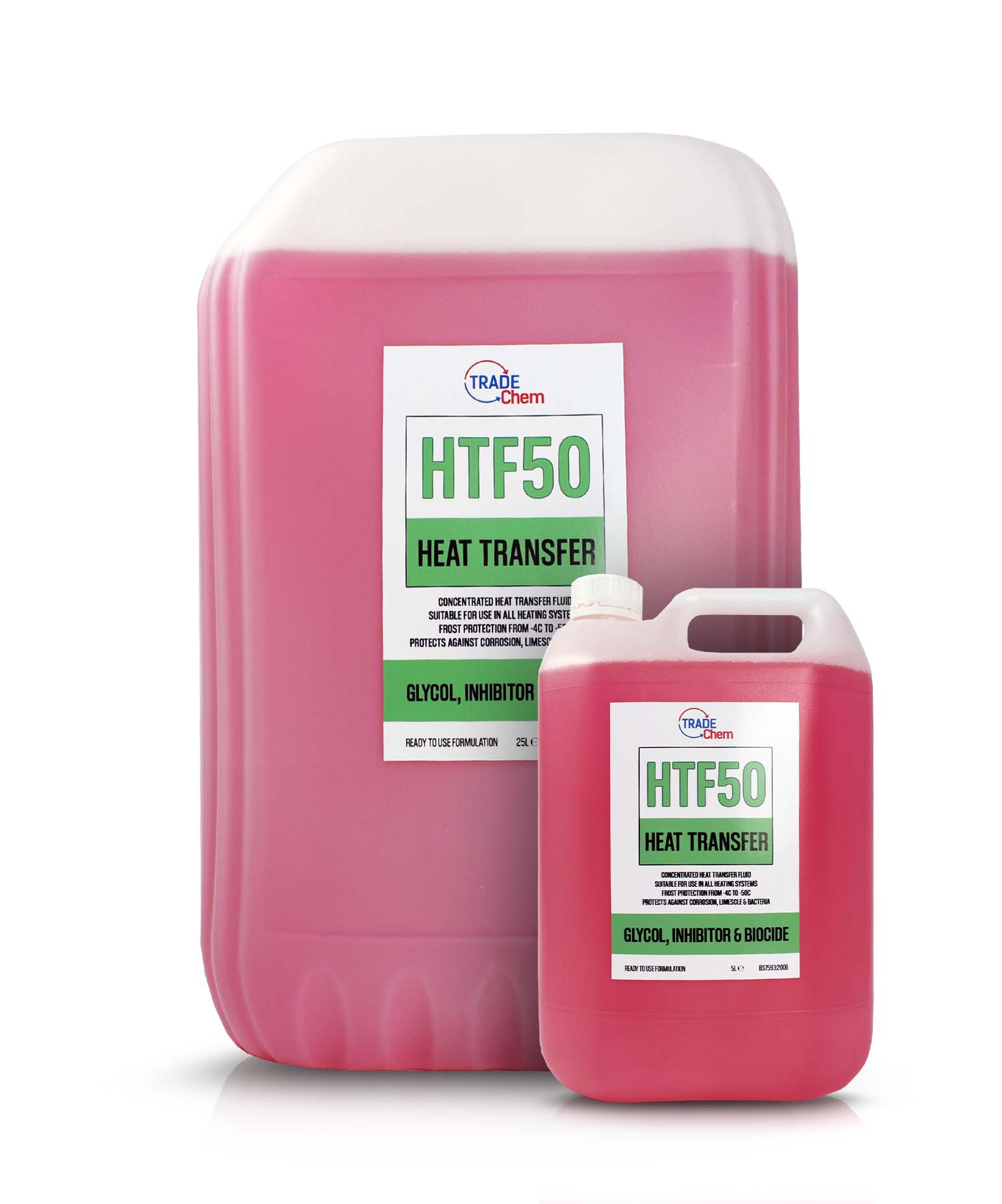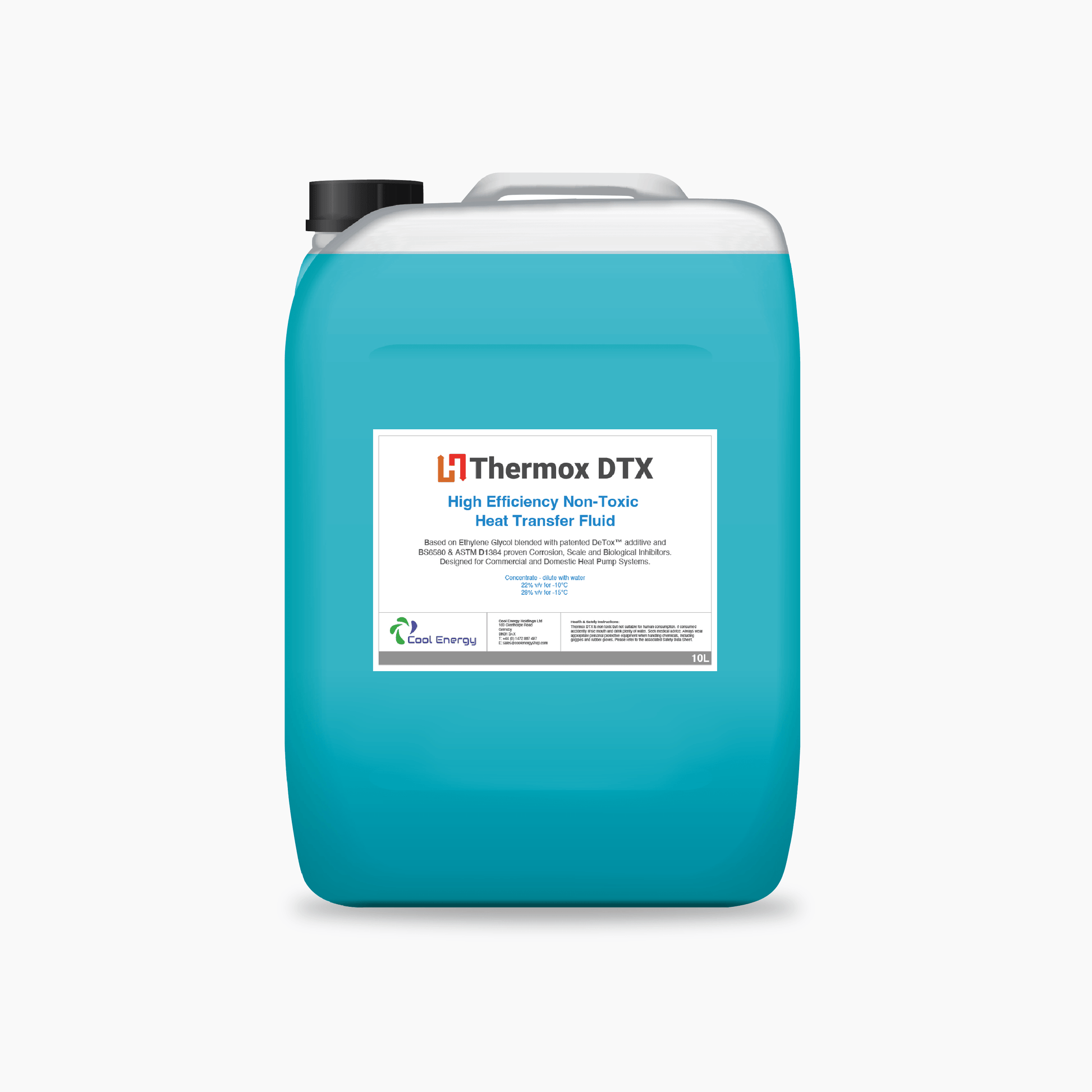Just How to Securely Deal With and Dispose of Used Heat Transfer Fluid
Just How to Securely Deal With and Dispose of Used Heat Transfer Fluid
Blog Article
Why Warmth Transfer Liquid Is Essential for Optimizing Power Transfer in Equipment
The function of heat transfer fluids in maximizing power transfer is crucial for accomplishing reliable thermal management across different industrial sectors. These liquids assist in seamless warm exchange, making certain procedures run within optimal temperature ranges and mitigating the risk of getting too hot.

Role in Thermal Monitoring
Warmth transfer fluids play an essential function in thermal administration by efficiently controling temperature levels in various commercial procedures and systems. These specialized fluids facilitate the transfer of warmth between various elements, making certain optimal operating problems and avoiding getting too hot. By keeping accurate temperature level control, warm transfer liquids make it possible for markets such as chemical manufacturing, oil and gas, and power generation to operate securely and successfully.
The choice of a suitable warm transfer fluid depends upon a number of aspects, consisting of thermal security, heat capability, and viscosity. High thermal security makes certain that the fluid can withstand severe temperatures without degrading, while a high warm capability allows it to absorb and launch substantial amounts of heat - heat transfer fluid. Reduced thickness minimizes the energy required for pumping, adding to overall system efficiency
Furthermore, warmth transfer fluids are indispensable in applications like refrigeration, where they help take in and dissipate warm during the cooling cycle. In solar thermal energy systems, these fluids capture and transportation solar warm to produce electrical power or give hot water. Their flexibility to diverse operating problems and ability to preserve constant thermal performance underscore their relevance in industrial thermal administration, facilitating functional continuity and enhancing safety and security procedures.

Enhancing System Performance
To optimize the advantages of thermal management, boosting system efficiency with the strategic use of heat transfer liquids is vital. These liquids play a vital role in enhancing power transfer by promoting regular thermal law, which in turn impacts the overall efficiency and longevity of systems. Reliable heat transfer causes decreased energy losses, minimized operational expenses, and boosted integrity of devices. By preserving optimum temperature degrees, warm transfer fluids assist make certain that systems operate within their designed parameters, consequently stopping getting too hot and minimizing the danger of element failing.

Sorts Of Warmth Transfer Liquids
The variety of warm transfer fluids emphasizes their important role in an array of industrial applications, each tailored to satisfy particular thermal administration needs. These liquids facilitate effective power transfer and are picked based on essential properties such as thermal stability, viscosity, and warm ability. The main types consist of water, glycol remedies, oils, and synthetics, each offering distinctive advantages.
Water is the most usual warmth transfer medium due to its high particular warmth capacity and inexpensive. Nevertheless, its use is limited by its freezing and steaming factors. Glycol blends, often used in HVAC systems, supply a reduced freezing point, including adaptability in various climates. Mineral oils are preferred for their thermal security and non-corrosive nature, making them appropriate for high-temperature applications.

These fluids make certain remarkable efficiency in systems where typical fluids might fail. The option of a warm transfer liquid is essential, as it influences system effectiveness, safety and security, and durability.
Environmental and Economic Conveniences
Making use of the appropriate warm transfer fluids supplies substantial environmental and economic benefits for industrial operations. By selecting fluids with premium thermal stability and high warm capability, sectors can improve energy performance, leading to page lowered gas usage and reduced greenhouse gas exhausts. This adds to a smaller sized carbon footprint and straightens with global sustainability objectives. Eco-friendly warm transfer fluids, commonly biodegradable and non-toxic, reduce the threat of dirt and water contamination in case of leaks or spills, thus shielding communities and adhering to rigorous ecological policies.
Financially, the appropriate warmth transfer liquid can considerably lower functional expenses. Reliable warm transfer minimizes power expenditure, leading to reduced energy expenses and enhanced earnings. Moreover, liquids with extensive lifecycle efficiency reduce the frequency of substitutes and upkeep, reducing downtime and connected prices. Purchasing high-grade fluids can additionally reduce the danger of devices deterioration and failing, avoiding costly repairs and expanding the lifespan of critical infrastructure. In open markets, these financial savings and performances give an unique benefit, enabling companies to allocate resources better and buy further development. On the whole, the strategic use optimal heat transfer get redirected here liquids supports sustainable financial development and ecological stewardship.
Selecting the Right Fluid
How does one navigate the intricate process of choosing the right warm transfer liquid for commercial applications? Picking the suitable fluid is important, as it straight affects system effectiveness, safety and security, and operational costs. Secret factors to consider include thermal security, compatibility with system products, and running temperature range. Thermal stability ensures the fluid can withstand heats without degrading, while compatibility protects against rust or other harmful reactions with system elements. The operating temperature level variety need to straighten with the system's demands to keep efficiency and durability - heat transfer fluid.
In addition, the liquid's warmth capacity and thickness are vital. A high warmth capability allows the fluid to absorb and move more energy, improving performance. Optimal viscosity makes certain very little pump job and effective warmth transfer, specifically in varying temperatures. Environmental and safety and security elements ought to likewise belong to the decision-making process. Safe, biodegradable liquids lower Click This Link environmental influence and conform with regulatory requirements, reducing liability risks.
Verdict
The tactical option and application of heat transfer liquids are essential to optimizing energy transfer across different systems. By guaranteeing high thermal stability and capacity, these liquids provide precise temperature control and boost general system performance.
Report this page